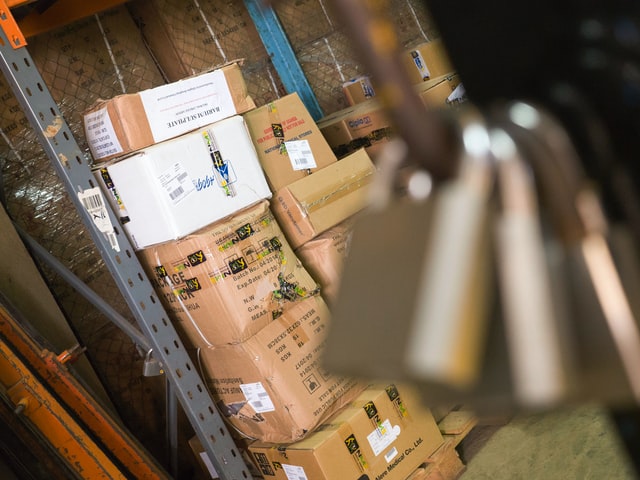The Difference Between Supply Chain and Logistics
How many times have you used supply chain in a statement when you mean to refer to logistics? Do you even consider that they could be different? You are not the only one who thinks this is confusing. Some professionals and blogs use these phrases interchangeably.
What is even more confusing is how in the United States, they use a different term to what they do in Europe, they use the term logistics management. It goes to show that they both mean the same thing, but this is not entirely right.
We’ll show you the major difference between supply chain and logistics in this article, so you can use them rightly.
Now, let’s have a look at the individual definitions.
What is Supply Chain?
A supply chain is the web of activities and businesses that transforms a product from its raw form to the end-users – the customers. This process is usually broad and would involve the use of transport operations, and in some cases, sophisticated I.T. Some of these processes involve several distinct businesses that are linked together, while some involve a single company overseeing the diverse processing of its products.
An ideal supply chain will involve manufacturers, wholesalers, distributors, and retailers, making it an entire vertical system of business. For example, one for coffee will start with farmers in Central America then move to the processing facilities that will process the product. When these facilities have packaged the coffee, the product moves to the distributors who transport it to the wholesalers. From the wholesalers, the product then moves to the retailers, coffee stores, and eventually the final consumers.
What is Logistics?

Logistics is the process of getting, moving, and storing resources along the supply chain. Simply put, it is the movement of goods from one point to another by performing the function of transportation and warehousing. This process can either be internal – within the company or external – from buyer to seller.
Finally, the process is looked at from a single company’s perspective. This means that it focuses on the movement of resources of a company both internally and to its customers.
What is Management?
Management deals with this process and how it operates. It is the optimization of the entire network – from the suppliers of the raw materials to the retailers of the finished products. The purpose of management is to ensure that the process is efficient through the smooth flow of products and information among the businesses along the process.
How Does Supply Chain Differ from Logistics?
From the definitions above, you can see that the two terms don’t mean the same thing. However, they supplement each other. Both processes exist to support the other. Now, let’s draw the line between supply chain and logistics via the following points:
- The supply chain links major business processes both within and across companies to form an effective business model, while logistics is the transportation and warehousing of goods and services, as well as the flow of information within and outside an organization.
- The process focuses majorly on gaining a competitive advantage, while the other simply facilitates meeting the requirements of the customers.
- Logistics is an ancient term originating from the military era, whereas this is a new term.
- Logistics is one of the activities that solidifies the supply chain.



 “The only action we can point out is that, because of its acid character, in higher concentrations, vinegar can help in removing the mineral components from the dirt, but leaving almost intact organic matter soils, making its complete action less effective. In a cleaning operation is essential to attack all organic dirt until the mineral is also completely removed, “says the representative of our expert team.
“The only action we can point out is that, because of its acid character, in higher concentrations, vinegar can help in removing the mineral components from the dirt, but leaving almost intact organic matter soils, making its complete action less effective. In a cleaning operation is essential to attack all organic dirt until the mineral is also completely removed, “says the representative of our expert team. To prove it, he recommends a small and straightforward practical experience. “In two small bowls, apply equal portions of greasy material (like butter or margarine) and smear it into the bottom of the bowls. Then make the comparison between the Cleaning you achieve using a simple detergent and the homemade vinegar recipe. “The large volume of fat will make efficiency very visible in a short time. People will be able to conclude that when cleaning surfaces with vinegar there will always be at least a thin invisible layer of transparent organic material, which may give a certain brightness, even visually pleasing, but which provides an excellent medium for the development of microorganisms”.
To prove it, he recommends a small and straightforward practical experience. “In two small bowls, apply equal portions of greasy material (like butter or margarine) and smear it into the bottom of the bowls. Then make the comparison between the Cleaning you achieve using a simple detergent and the homemade vinegar recipe. “The large volume of fat will make efficiency very visible in a short time. People will be able to conclude that when cleaning surfaces with vinegar there will always be at least a thin invisible layer of transparent organic material, which may give a certain brightness, even visually pleasing, but which provides an excellent medium for the development of microorganisms”.